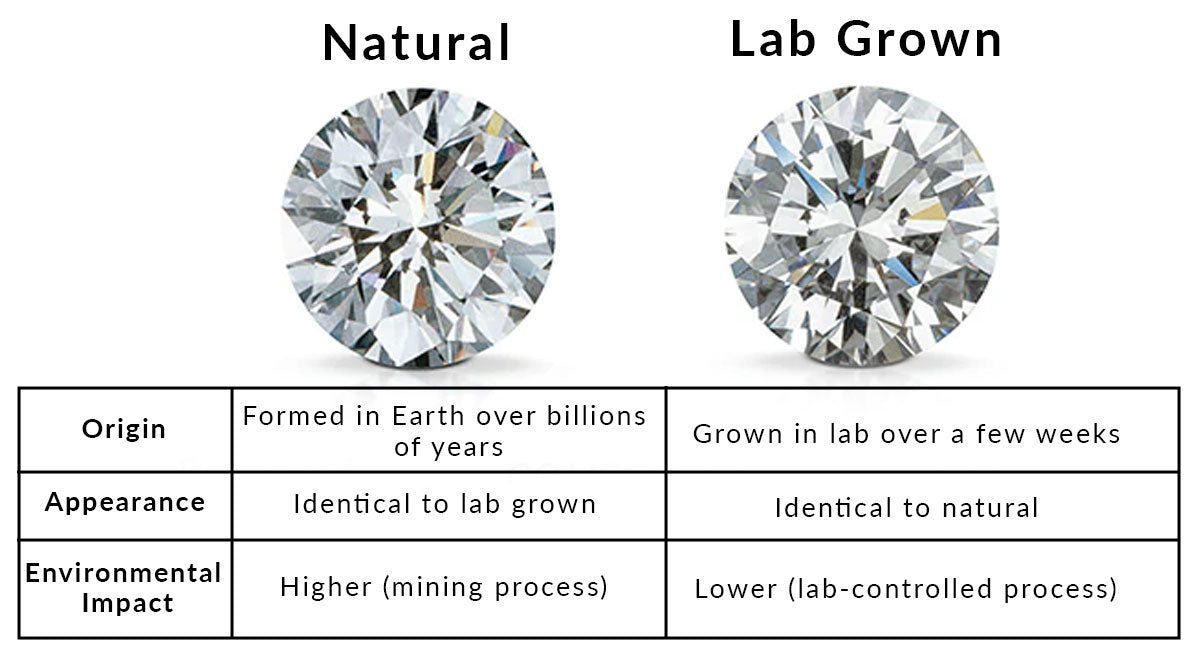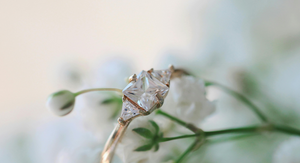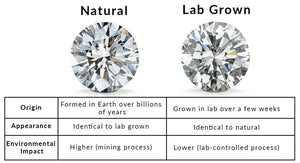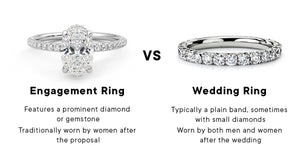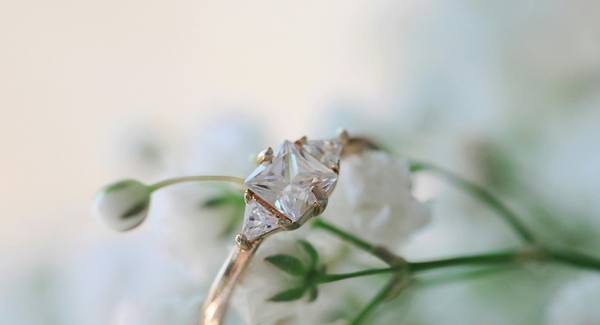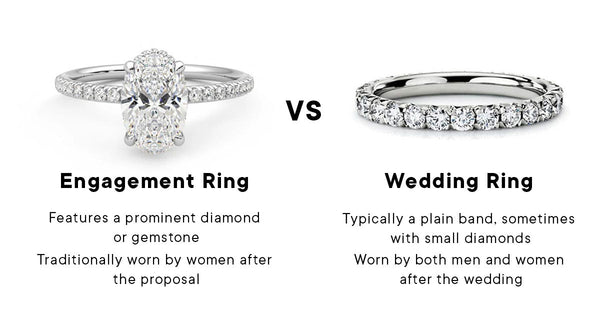Diamonds have long been symbols of love, strength, and eternity. But in today’s world, buyers have more choices than ever—especially when it comes to deciding between natural diamonds and lab-grown diamonds.
While both types of diamonds look identical to the naked eye and share the same physical and chemical properties, they differ in terms of origin, cost, environmental impact, and market perception.
Whether you're shopping for an engagement ring, wedding band, or classic diamond studs, understanding the differences between natural and lab-grown diamonds can help you make an informed decision that aligns with your values, budget, and preferences.
What Is a Natural Diamond?

Natural diamonds are formed deep within the Earth’s mantle under extreme heat and pressure over billions of years. These diamonds are then brought to the surface through volcanic eruptions and mined from the Earth.
Key Facts:
-
Formed naturally over 1 to 3 billion years ago
-
Mined from countries like Russia, Canada, Botswana, and South Africa
-
Each diamond is unique, often with natural inclusions or imperfections
-
Graded and certified by institutes like GIA, IGI, or AGS
Natural diamonds are often prized for their rarity and age—many people consider them geological wonders due to their ancient origin.
Explore natural diamonds at Precious Carbon
What Is a Lab Grown Diamond?

Lab-grown diamonds (also called lab created, man-made, or synthetic diamonds) are produced in laboratories using high-tech methods that replicate the natural diamond formation process.
Key Facts:
-
Grown using HPHT (High Pressure High Temperature) or CVD (Chemical Vapor Deposition)
-
Physically, chemically, and optically identical to natural diamonds
-
Can be grown in weeks instead of billions of years
-
Certified by the same gemological labs (IGI, GIA)
Lab diamonds are not cubic zirconia or moissanite—they are real diamonds, just grown above ground.
See lab grown diamonds at Precious Carbon
Natural vs Lab Grown Diamonds: A Side-by-Side Comparison
|
Feature |
Natural Diamond |
Lab Grown Diamond |
|
Origin |
Formed in Earth over billions of years |
Grown in lab over a few weeks |
|
Appearance |
Identical to lab grown |
Identical to natural |
|
Physical Makeup |
Pure carbon crystal |
Pure carbon crystal |
|
Certification |
GIA, IGI, AGS, etc. |
GIA, IGI, AGS, etc. |
|
Environmental Impact |
Higher (mining process) |
Lower (lab-controlled process) |
|
Inclusions |
Often includes natural imperfections |
Fewer inclusions; more clarity control |
|
Cost |
Generally higher |
Generally 30-50% less for the same quality |
|
Resale Value |
Historically stronger |
Resale value still developing |
Do They Look Different?
To the naked eye—no. Natural and lab grown diamonds look virtually identical.
Even trained gemologists require specialized equipment to detect a diamond's origin. Both are graded using the same 4Cs—Cut, Clarity, Color, and Carat—and can display the same fire, brilliance, and scintillation.
If you're browsing solitaire rings, oval engagement rings, or diamond pendants, both options offer stunning beauty and elegance.
Which Is More Ethical?
This is a key consideration for many modern buyers.
-
Natural diamonds have historically been associated with conflict mining, but today, many are ethically sourced through responsible initiatives such as the Kimberley Process. Still, diamond mining can have a significant environmental footprint due to land displacement and resource use.
-
Lab grown diamonds typically have less environmental impact, as they are created in controlled environments with no land disruption. However, growing diamonds also requires significant energy, which can vary based on the lab’s power source.
When it comes to ethics and sustainability, lab grown diamonds often appeal to eco-conscious consumers, though many natural diamond sources have also made strides in ethical and environmental practices.
Is One Better Than the Other?
It depends entirely on what you value most.
Choose a natural diamond if you:
-
Want a stone that is billions of years old and formed by nature
-
Appreciate the rarity and traditional symbolism of mined diamonds
-
Are planning for a potential resale or heirloom value
Choose a lab grown diamond if you:
-
Want a larger diamond for your budget
-
Prefer a more sustainable and modern alternative
-
Want access to high clarity and color at a lower price point
Both diamond types are valid and meaningful—your decision should reflect what’s important to you, whether that’s tradition, budget, ethics, or a mix of all three.
Certification & Grading: What to Look For

Whether you choose natural or lab grown, always look for diamonds that are certified by a reputable gemological lab.
At Precious Carbon, all of our diamonds—lab or natural—are IGI or GIA certified, meaning you receive a diamond that meets strict grading standards.
This certification includes: 
-
Carat weight
-
Cut grade
-
Clarity grade
-
Color grade
- Polish, symmetry, and fluorescence
-
Origin: Natural or Lab Grown
These certificates give you full transparency into your diamond’s quality.
Final Thoughts: A Personal Decision

In the end, the choice between natural and lab grown diamonds comes down to personal preference. One is not better than the other—they are simply different paths to the same sparkle.
Both natural and lab diamonds can be used in:
At Precious Carbon, we believe that your diamond should tell your story, regardless of its origin.
